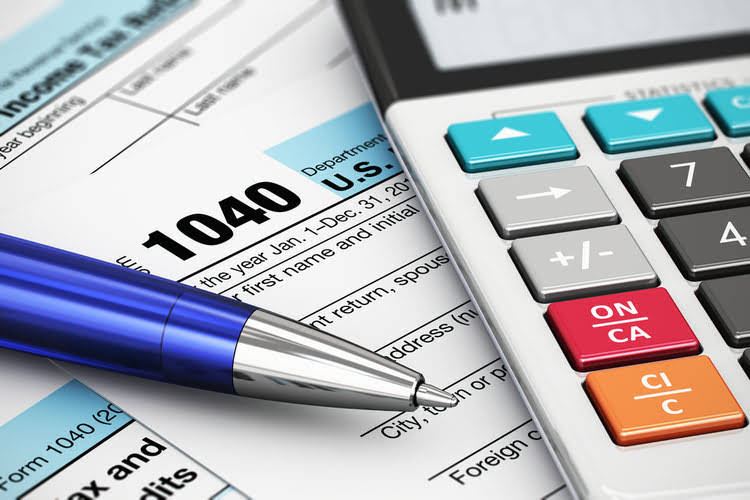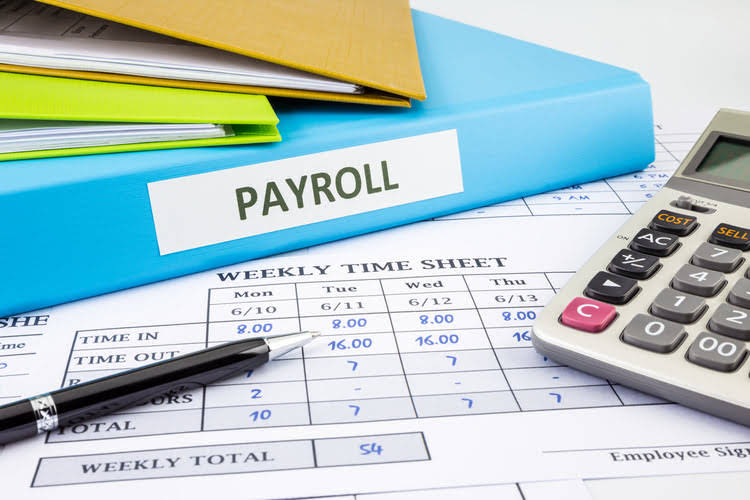
Depreciation tax shield is the reduction in tax liability that results from admissibility of depreciation expense as a deduction under tax laws. Therefore, while the company paid $100,000 for the machinery, the actual after-tax cost is effectively lowered to $73,000 ($100,000 depreciation tax shield formula – $27,000) thanks to the depreciation tax shield. This is one of the ways companies manage their tax liabilities and improve cash flows. For depreciation, an accelerated depreciation method will also allocate more tax shield in earlier periods, and less in later periods.
The Depreciation Tax Shield in 2 Steps
However, it is important to consider the effect of temporary differences between depreciation and capital cost allowance for tax purposes. Tax shields allow for taxpayers to make deductions to their taxable income, which reduces their taxable income. https://www.bookstime.com/ The lower the taxable income, the lower the amount of taxes owed to the government, hence, tax savings for the taxpayer. The term “tax shield” references a particular deduction’s ability to shield portions of the taxpayer’s income from taxation.
How can I calculate the tax shield for a specific deduction?

This is because the net effect of losing a tax shield is losing the value of the tax shield, but gaining back the original expense as income. It should be noted that regardless of what depreciation method is used the total expense will be the same over the life of the asset. Thus, the benefit comes from the time value of money and pushing tax expenses out as far as possible. Since depreciation is a non-cash expense and tax is a cash expense there is a real-time value of money saving. Since the interest expense on debt is tax-deductible (while dividend payments on equity shares are not) it makes debt funding that much cheaper. Taxpayers who have paid more in medical expenses than covered by the standard deduction can choose to itemize in order to gain a larger tax shield.
Preparing for the Unexpected: Building a Robust Insurance Strategy for Your Business
- By taking advantage of legitimate deductions, tax credits, and depreciation allowances, businesses and individuals can minimize their tax liability and retain more of their hard-earned income.
- It’s important to consult with a tax professional or financial advisor to understand the specific tax provisions applicable to your situation and optimize the use of tax shields effectively.
- Similar to the tax shield offered in compensation for medical expenses, charitable giving can also lower a taxpayer’s obligations.
- We’ll now move to a modeling exercise, which you can access by filling out the form below.
- It should be noted that regardless of what depreciation method is used the total expense will be the same over the life of the asset.
Taxpayers can deduct medical and dental costs that exceed 7.5% of adjusted gross income. There is a real-time value of money saved since tax is a cash charge, but depreciation is a non-cash expense. Companies often aim to maximize depreciation charges as fast as possible on their tax filings since depreciation expense is deductible. Therefore, if your tax rate is 20 percent and you have $2,000 in mortgage interest, your tax shield will be $400.
Everything You Need To Master Financial Modeling
- A U.S. corporation may deduct the interest expenditure related to bonds payable from its taxable income.
- Each year, this results in some amount of depreciation expense for tax purposes.
- Below are the Depreciation Tax Shield calculations using the Straight-Line approach.
- It should be emphasized that the overall cost will remain the same during the asset’s life regardless of the depreciation method employed.
- Thus, the benefit comes from the time value of money and pushing tax expenses out as far as possible.
Imagine a small business that invests in machinery for production purposes. The cost of the machinery is $50,000, and it has an expected useful life of 10 years. Assuming a straight-line depreciation method, the business can deduct $5,000 ($50,000 divided by 10) from its taxable income each year for ten years as a depreciation expense.

A tax shield represents a reduction in income taxes which occurs when tax laws allow an expense such as depreciation or interest as a deduction from taxable income. If your out-of-pocket medical costs were more than 7.5% of your adjusted gross income (AGI) last year, you’ll gain this tax shield. You had $10,000 of medical costs last year, meaning you’ll receive a $6,250 deduction for medical expenses. A depreciation tax shield is a tax-saving benefit applied to income generated by businesses.
- Since the interest expense on debt is tax-deductible (while dividend payments on equity shares are not) it makes debt funding that much cheaper.
- Conversely, a services business may have few (if any) fixed assets, and so will not have a material amount of depreciation to employ as a tax shield.
- Depreciation is added back because it is a non-cash expense and we need to work with after-tax cash flows (instead of income).
- There are a variety of deductions that can shield a company (or Individual) from paying Taxes.
- Therefore, while the company paid $100,000 for the machinery, the actual after-tax cost is effectively lowered to $73,000 ($100,000 – $27,000) thanks to the depreciation tax shield.
- Giving the borrower a particular tax benefit also offers incentives to individuals looking to buy a house.
To reduce their early-year taxes, corporations might employ a number of depreciation techniques, including double decreasing balance and sum-of-years-digits. Based on the corporation’s or person’s effective rate, these safeguards are valued. With the two methods clarified, let’s look at the Cash Flow impact of each approach. Also, at higher tax rates, Depreciation is going to provide additional savings.

Interview questions around the Depreciation Tax Shield are quite common because it ties directly into the Discounted Cash Flow (DCF) analysis process. Julia Kagan is a financial/consumer journalist and former senior editor, personal finance, of Investopedia. We’ll now move to a modeling exercise, which you can access by filling out the form below.
What’s the role of tax shields in financial planning?
Typically, you can deduct cash donations equal to 60% of your AGI and asset donations equal to 30% of your AGI. In addition, capital gains taxes receive a 20% deduction for the donated asset. The tax shield refers to the amount of tax that has been saved by claiming depreciation as an expense. It’s calculated by multiplying the depreciation expense by the tax rate. The tax shield concept may not apply in some government jurisdictions where depreciation is not allowed as a tax deduction.
What Does Liquidity Refer To In Life Insurance?
It is accomplished by utilizing legal deductions such as mortgage interest, medical costs, charity contributions, amortization, and depreciation. Common expenses that are deductible include depreciation, amortization, mortgage payments, and interest expense. There are cases where income can be lowered for a certain year due to previously unclaimed tax losses from prior years. The ability to use a home mortgage as a tax shield is a major benefit for many middle-class people whose homes are major components of their net worth.